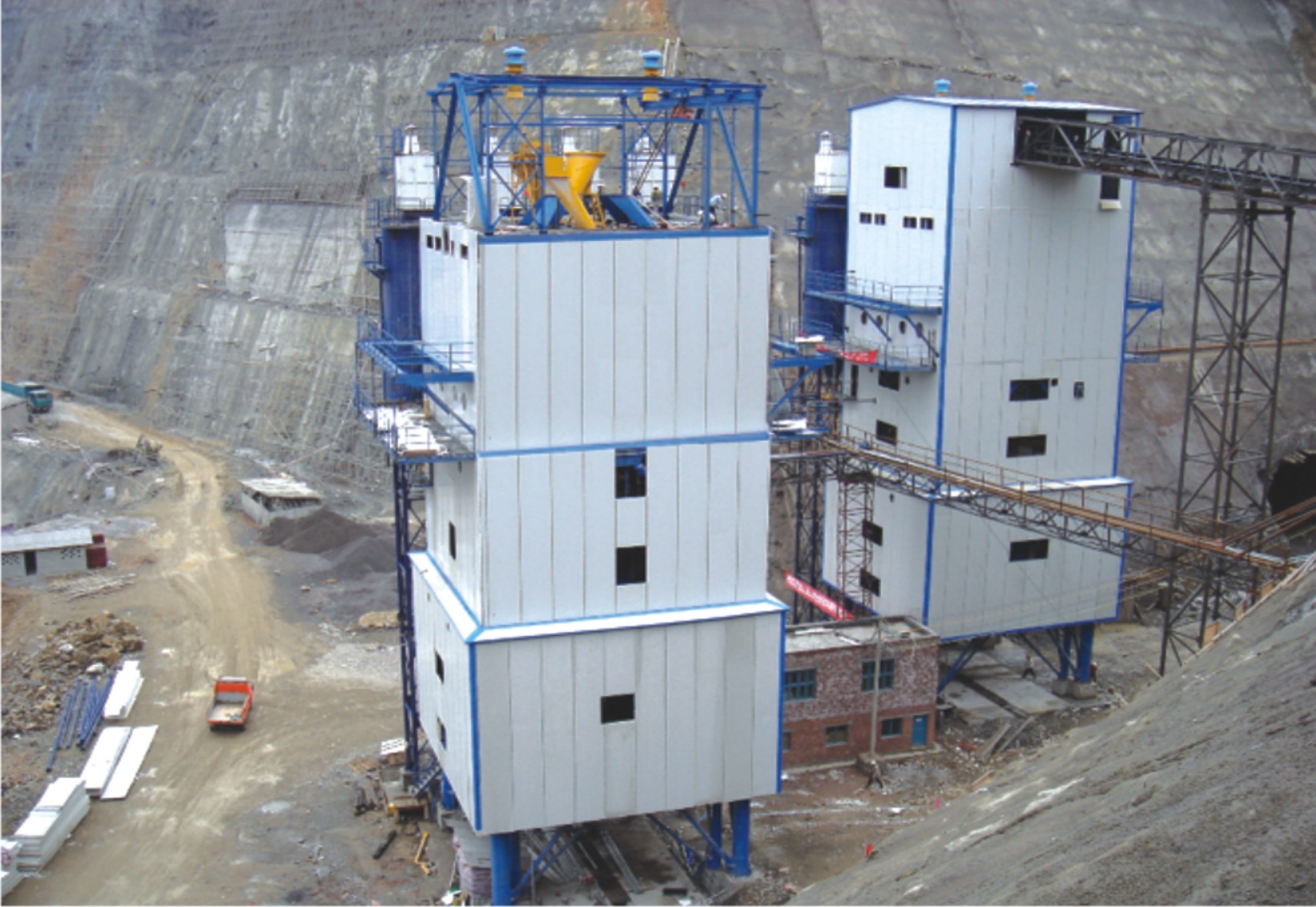Top 5 Environmental Compliance Issues
There are Top 5 Environmental Compliance Issues at Concrete Plants.
Clean Air: Concrete plants can release dust and other harmful gases into the air. They need to use filters and keep their equipment clean to reduce pollution.
Water Protection: When making concrete, water can get polluted and harm rivers and lakes. Plants must clean their water and make sure dirty water doesn’t escape into the environment.
Handling Waste: Making concrete creates waste like leftover concrete and packaging. Plants have to find ways to reduce, reuse, or safely throw away this waste.
Using Resources Wisely: Getting materials for concrete can hurt nature. Plants should use materials that don’t harm the environment and try to use less energy by updating their machines and being efficient.
Lowering Noise: Concrete plants can be noisy, which might bother people living nearby. They should use barriers to block sound and keep noisy work to certain times.

Introducing Eco-Friendly Concrete Batching Plants
How to deal with the concrete batching plant environmental issues. You can choose eco-friendly concrete batching plants. They are designed to minimize the environmental impact associated with traditional concrete production.
They incorporate advanced technologies and innovative processes to reduce concrete batching plant environmental impacts, making the production process more sustainable. The environmentally friendly batching plant focuses on various aspects of sustainability, from the sourcing of materials to the operational efficiency of the batching process.
Renewable Energy Sources: Many eco-friendly batching plants use renewable energy sources such as solar or wind power to operate, significantly reducing their reliance on fossil fuels.
Water Conservation Techniques: Advanced water management systems, including the recycling and treatment of wastewater, ensure that minimal water is wasted, preserving this precious resource.
Dust Suppression Measures: To protect local air quality, these plants employ dust collection systems and enclosed storage areas to prevent the release of particulate matter into the atmosphere.
Energy-efficient Machinery: The machinery and equipment used in eco-friendly concrete batching plants are designed for maximum efficiency, reducing electricity consumption.
Digitalization and Automation: Implementing digital tools and automated systems for precision in batching processes helps reduce material wastage and ensures that resources are used optimally.






